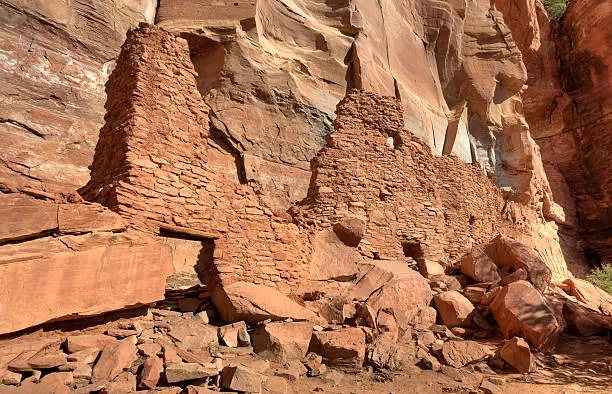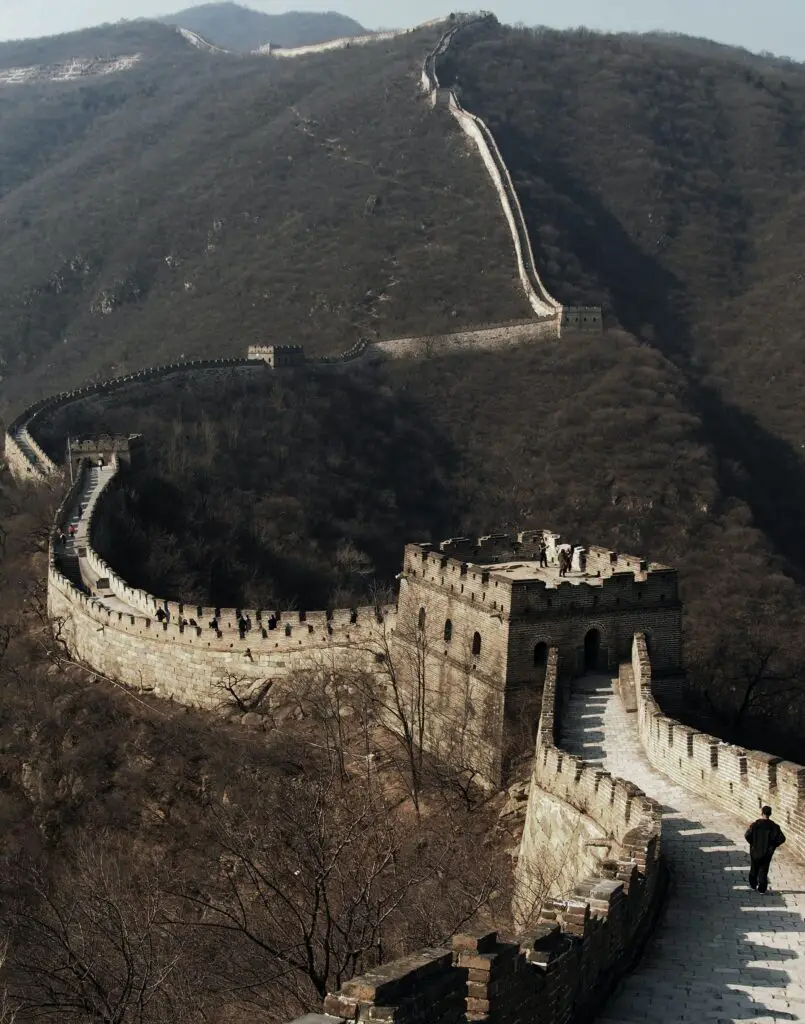Fushimi Inari Taisha
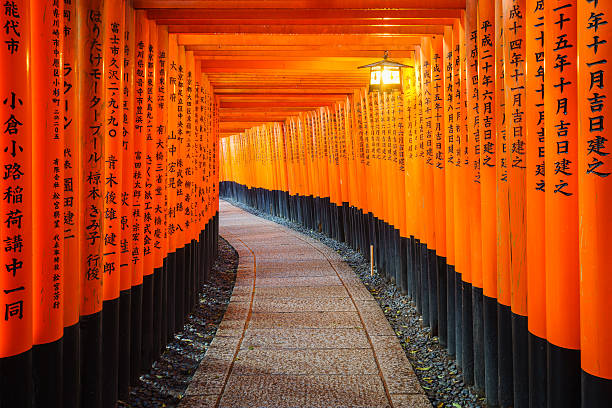
Fushimi Inari Taisha is an ancient Shinto Shrine located in Fushimi-ku, Kyoto, Japan. Known for its renowned ten thousands orange color vermilion torii gates, which created stunning pathways up the sacred Mount Inari.
It is a marvellous torii gates are purely dedicated to Kami Inari, especially to the Japanese Inari, the Kami or spirit of rice prosperity and good harvesting. Place witnessing many traditional and spiritual worships from ancient times especially its gates, which was donated by the allied individuals and business peoples. Interestingly each names of the donors and date of the donations are crafted in every inari gate.
Related Search: Anuradhapura, Sri Lanka.
Fushimi Inari Taisha History

Fushimi Inari Taisha was built during the 8th century, but its main shrine was established in 711 AD. Inari is purely dedicated to the Shinto gods of rice, prosperity, fertility, spirit and good harvesting. Even before its formal establishment, the site has also been worshiped since the 8th century. Not just that, the place also witnessed Inari worship evidence even before the shrine’s official funding.
After that Shrine has historically served as a major religious and spiritual centre to the Japanese, however it has gained much popularity and importance during the Heian period (who ruled from 794 to 1185). During the 1499 or 15th century its main shrine was built, and the shrine was founded even before Kyoto became the emperor’s capital.
Unfortunately until the 16th century the site never got any popularity and its historical and cultural significance never reached any other countries in the world. But when the Hattori family took control over this temple they heavily focused on its promotions and developments.
From 1871 to 1946, Fushimi Inari Taisha was officially designated as the Kanpei Taisha, first place given by the Japanese government to its supported shrines.
Top 10 Interesting Facts about the Fushimi Inari Taisha
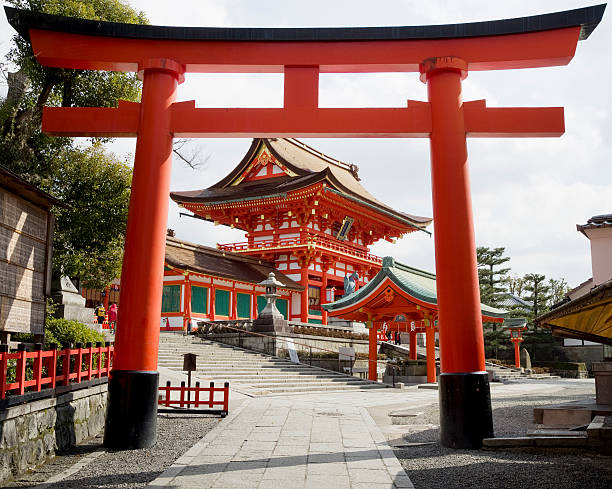
There are some of the mysterious facts behind this world famous Shinto Tower or Inari Taisha, such as;
- Shinto Shrine is dedicated to Fushimi Inari Taisha, a god of rice, Kami or spirit of prosperity and good harvesting.
- Fushimi Inari is the oldest Shinto shrine in Japan. Established in 711, given the highest rank among Shinto shrines in Japan based on its time of construction.
- Fushimi Inari Shrine has several other small shrines. This shrine is made up of 5 main shrines like lower, middle, upper and two auxiliary shrines, spread along the 4 kilometres stretch of the mountains.
- Its 10, 000 red torii orange gates were donated by the allied individuals and business peoples of Japan. Each of their names and dates of donations often included in each of the torii gates.
- Shrine was worshiped in the form of a fox. According to their beliefs, the creature is believed to be the messenger of the Kami, and visitors can spot many fox images and statues or paintings throughout the shrine.
- Instead of being a spiritual and historical site, Fushimi Inari Taisha is also a type of place which offers beautiful hiking trails, called the summit of Mount Inari. Its hiking trail includes 233 meters, passing through amidst the scenic orange color torii gates and other small shrines.
- Fushimi Inari Taisha shrine was once relocated on the basis of Monk Kukai. Yes, originally located on Inariyama hill, it was relocated to its present and permanent home by the Hata Family in 816.
- Visitors can experience some of the seasonal festivals during their journey. Festivals like “Inari Matsuri”, which are celebrated in the month of February with traditional music and dances.
- One of the perfect spots for photographers and adventurous seekers. Due to its cultural, traditional, spiritual things along with scenic views making it the perfect spot to get a click.
- Known as the most visited attraction in Japan. Millions of people, not even from Japan, but even from the World, came here to pray for fruitful harvest, business success and prosperity in their life.
Fushimi Inari Shrine Entrance Fees

Visitors need not pay any Entrance Fee, it is “completely free to visit” Fushimi Inari Taisha. Having free time to visit is a unique feature among Kyoto’s famous shrines. In order to promote tourism, the Japanese government decided that no such entrance fee is needed to Shinto Shrine. However there is no such advance ticket system available to visitors.
Fushimi Inari Taisha Opening Hours

Visitors can visit Fushimi Inari Taisha at any time, open 24 hours. Usually Shinto shrines open from 7:00 am to 18:30 pm and 8:30 am to 16:30 pm for prayers and people can take a blessing and pray at the temple.
Travellers can also spend some time in nearby shops and restaurants, where there are a good number of souvenirs, gift shops and cafes/food stalls available. Each of these shops and restaurants operate from morning 9 am to evening 5 pm.
Best Time to Visit
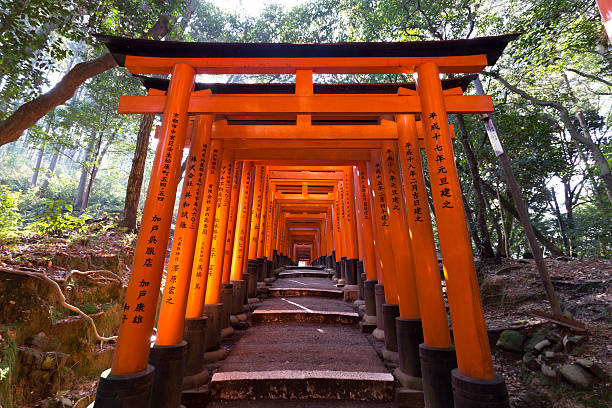
Since it is a beautiful ancient site, obviously there are huge numbers of visitors visiting every year, that’s why it gets pretty crowded during the day time. So, is it very important when you should visit?
If you want to avoid the crowds, probably in the morning or night time it is better to visit. Visit morning between 6 or 7 am, there is no such traffic and also you will get some chance to get capture the beautiful pictures of the nearby mountains and shrines, if you carry a camera along with you.
Fushimi Inari Taisha Map
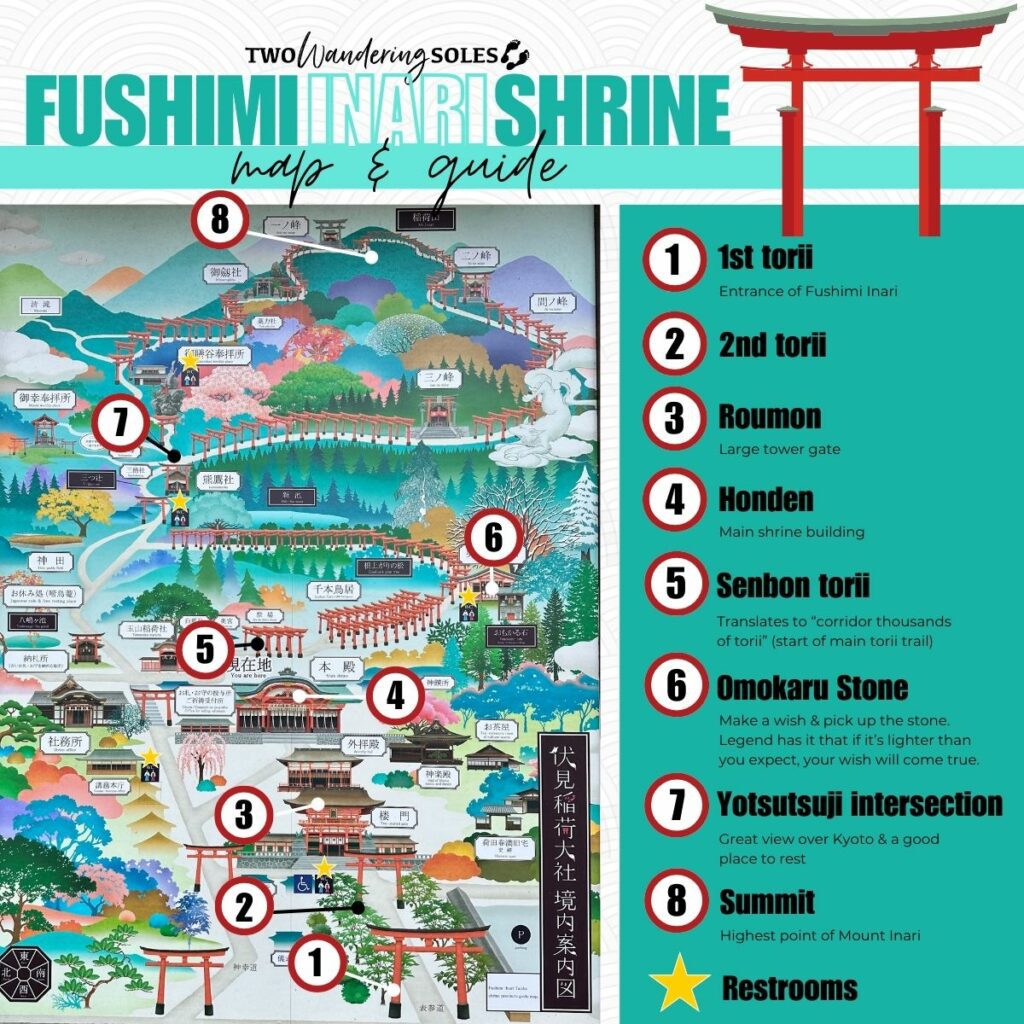
Related Articles: Tokyo city- Place where you meet tradition with modernity.
Q: Why is Fushimi Inari Taisha Famous?
Q: When was the Fushimi Inari Taisha Built?
A: Its basic structure were built during 711 AD on the Inariyama hill in south western Kyoto city. But during 816 AD, its shrine was relocated to its present and permanent home by the Hata Family in 816.
Q: How Many Torii Gates at Fushimi Inari Taisha?
A: 233 meters of walking trails filled by the 10,000 orange color torii gates, leads up to beautiful trail on Mount Inari.
Q: How Long Does it Take to Walk the Fushimi Inari Taisha?
A: Walking trail is exclusively open to general public for hiking at any time. Usually it will take 1.5 hours to 2.5 hours of time to teach the top of the mountain. Visitors can free to walk and wish to turn back at any cost of time.
Q: Is Fushimi Inari Taisha Free?
A: It is completely free. Visitors need not pay any entrance fee or ticket prices to enter the Inari.



